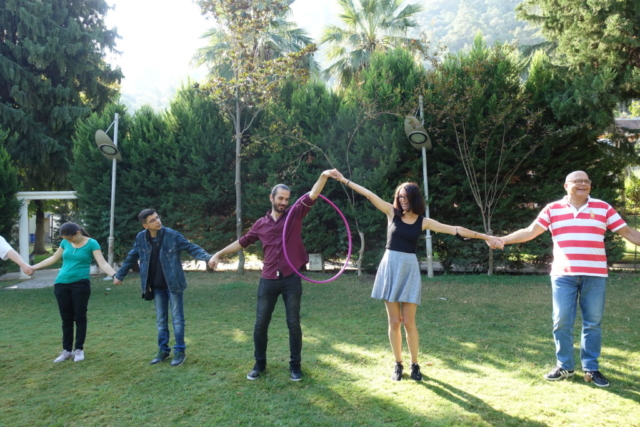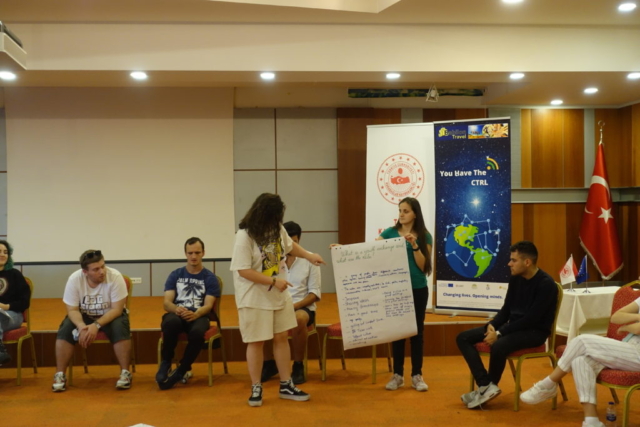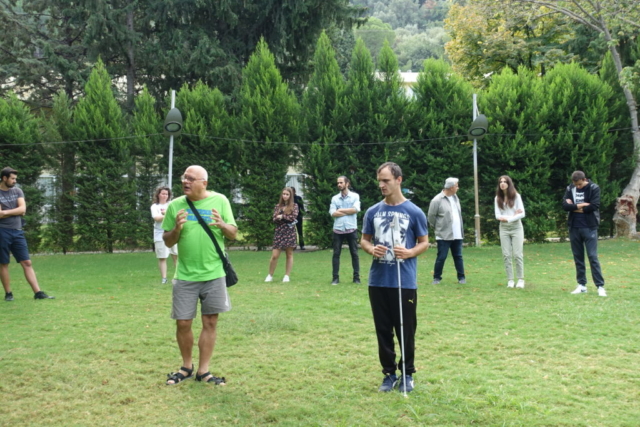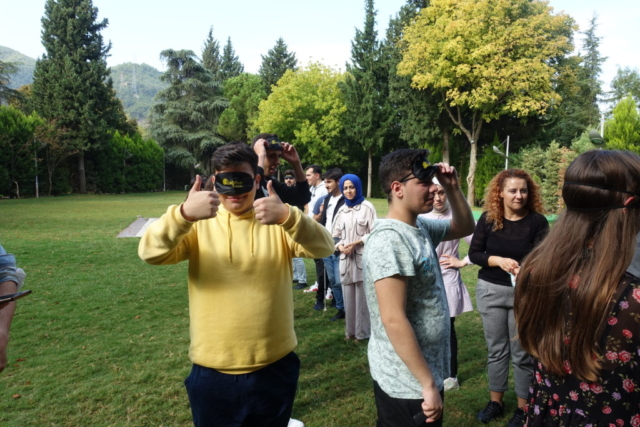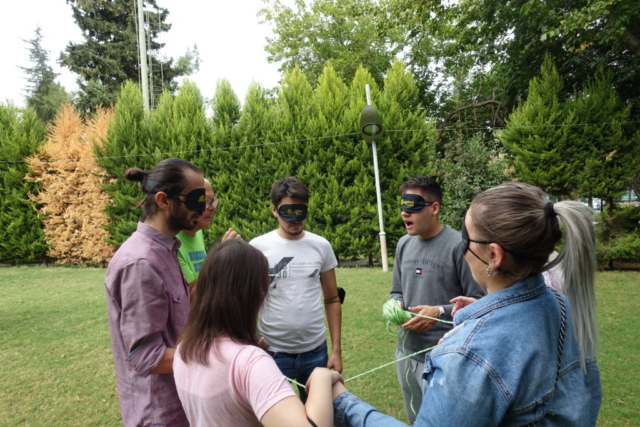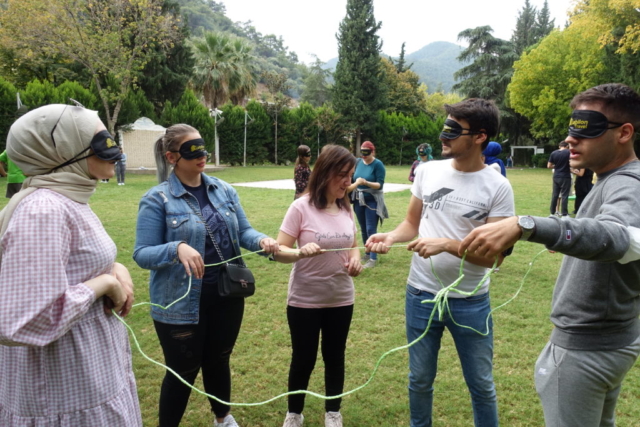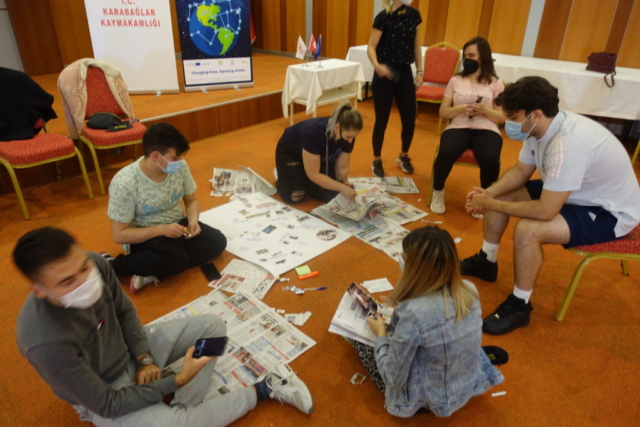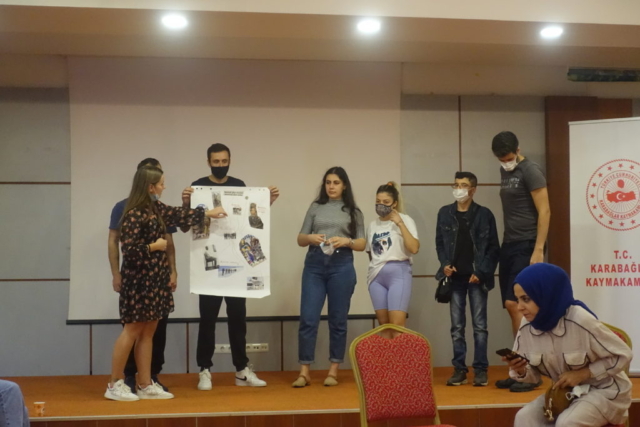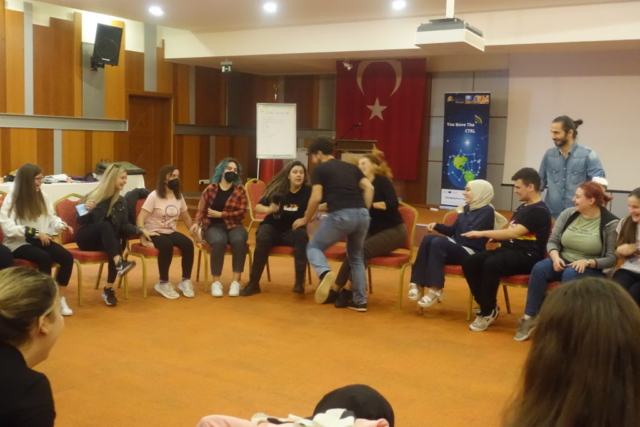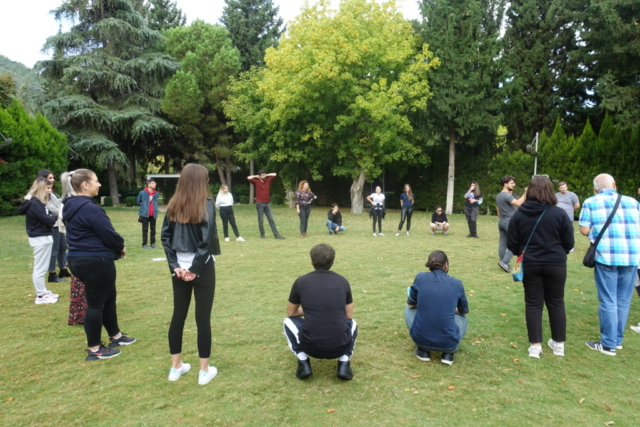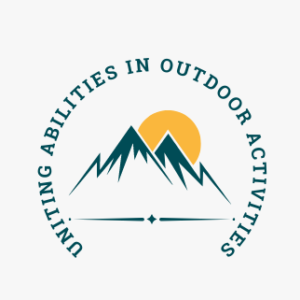you have the CTRL: The youth exchange
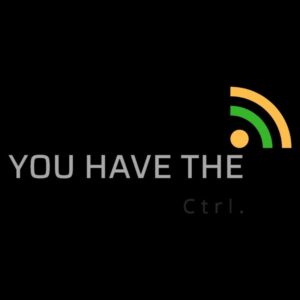 “You have the Ctrl.” was born after prolonged activities with young people, with and without disabilities, young people from various backgrounds, their common denominator being technology, with the advantages and disadvantages of using it.
“You have the Ctrl.” was born after prolonged activities with young people, with and without disabilities, young people from various backgrounds, their common denominator being technology, with the advantages and disadvantages of using it.
While access to the Internet offers great benefits in terms of discovering things about the world, it also causes collateral problems in terms of cybersecurity. Digital literacy is felt to be weak. Thus, together with a series of partners with whom we developed joint projects, we commissioned active young disabled and non-disabled people from our organizations, to investigate the topics of communication, inclusion, integration and security in modern social media communities. A recurring theme was that aggression, intolerance and fake news became abundant on social media and not just for young people, but for society as a whole, and this seemed to be strongly reflected in traditional communities, especially intolerance, incitement to hatred and prejudice against people with fewer opportunities.
The main objectives of the project are to improve:
- Critical thinking skills of the participants;
- Online communication skills of young participants;
- Digital creativity skills;
- Collaboration between young people using digital tools.
The objectives of the project are achieved during a youth exchange held in Izmir, Turkey, from October 9-16, 2021 (travel days included), which was attended by 32 young people from 3 countries (North Macedonia, Romania and Turkey), aged 16-30, some of them blind/visually impaired, some with fewer opportunities, and some typical, non-visually impaired.
By engaging in this type of collaboration, young people are even better prepared to successfully participate in our global economy. These goals are in line with the Erasmus+ program for inclusive and sustainable smart growth, in particular aligned with the European Union 2020 Strategy pillar of the digital agenda to improve digital literacy and inclusion, as well as aligning with the European strategy for a better internet for children and young people.
The typical, non-visual impaired participants, took not only an active part in the project activities, but they also had a role as facilitators and helpers for visual impaired youngsters.

